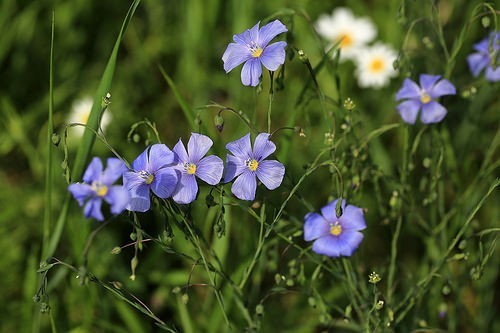 Some physicians refer to spring's changing weather as "rosacea season" because of the effects it has on so many of their patients. However, by taking extra steps to minimize the potential for flare-ups, you can help make spring a time of renewal rather than regret.
Some physicians refer to spring's changing weather as "rosacea season" because of the effects it has on so many of their patients. However, by taking extra steps to minimize the potential for flare-ups, you can help make spring a time of renewal rather than regret.
-
Know and avoid your rosacea triggers. The National Rosacea Society has produced a "Rosacea Diary" booklet to help you identify your personal rosacea triggers, and free copies are available to NRS members.
-
Limit exposure to wind and colder days. When spending more time outdoors, avoid days that turn cold and windy. If you must go outdoors, cover your face with a scarf when necessary.
-
Protect your face from the sun. Minimize direct sun exposure, wear sunglasses and wear a wide-brimmed hat to protect your face. Always wear a sunscreen rated SPF 30 or higher that blocks both UVA and UVB rays. If sunscreen irritates your skin, try a pediatric formulation.
-
Take care of spring allergies or colds. Patient surveys have found that allergies, colds and fever cause flare-ups in many rosacea patients. Seek medical attention when appropriate.
-
Comply with medical therapy. Remember to use your medication as prescribed by your doctor. This will go a long way to help protect from potential flare-ups.